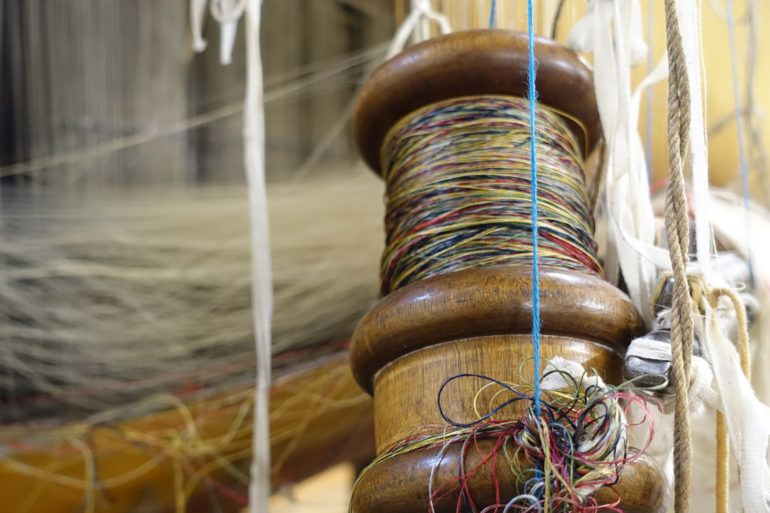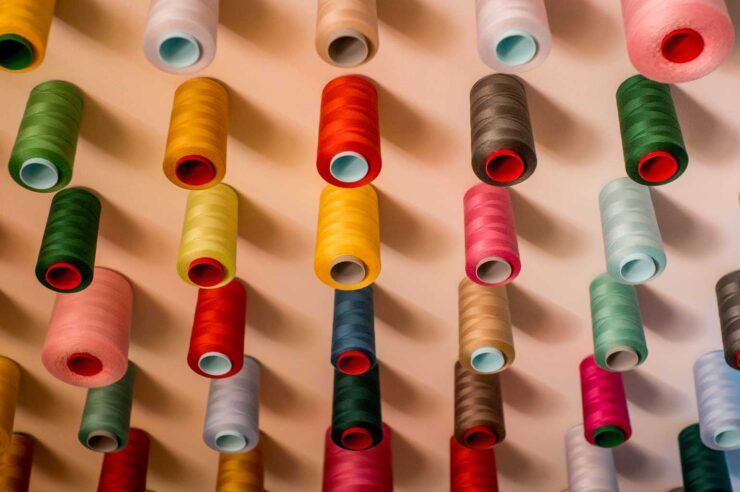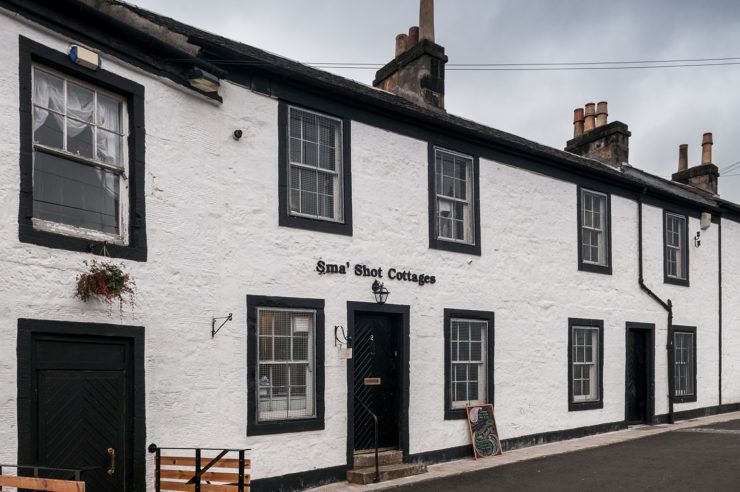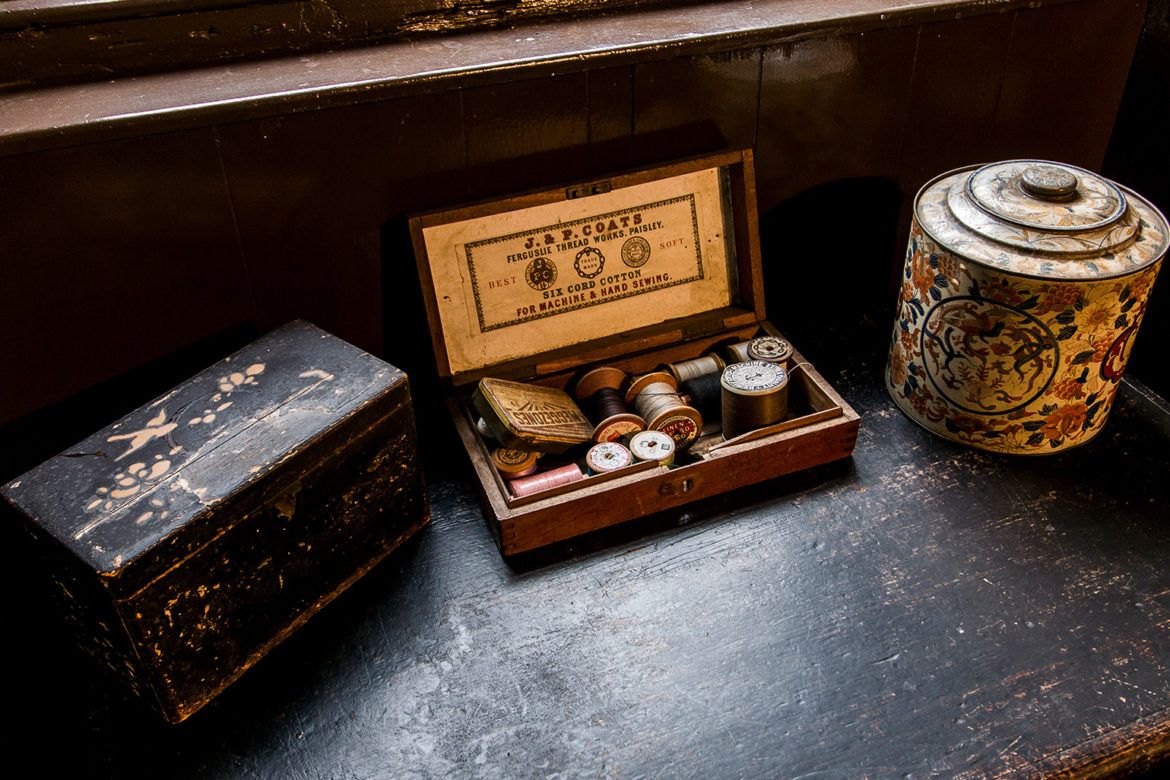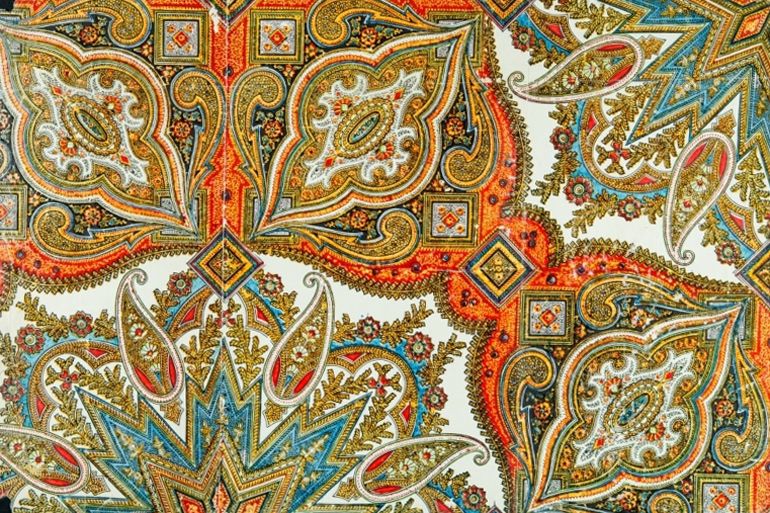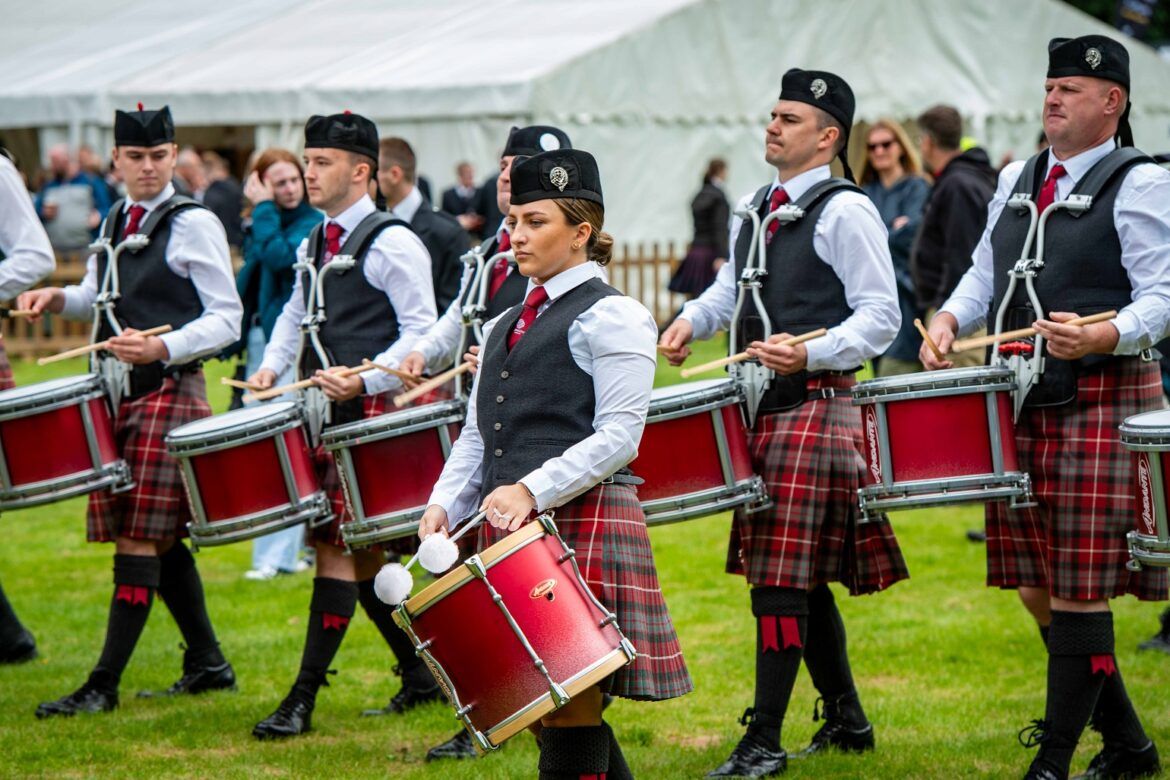Cotton Street, Silk Street, Gauze Street … walk around Paisley town centre and a quick look at the street names makes clear that Paisley made textiles, and textiles made Paisley.
The first official notice of the presence of weaving in Paisley is found in the Poll Tax Roll of 1695, which records that from a total population of 1,129 souls, there were 99 weavers and apprentices employed in the town.
The Incorporation of Weavers was founded in 1702 and the Act of Union in 1707 brought rapid trade expansion with access to the English and colonial markets.
Paisley weavers were developing a reputation for their ingenuity in producing fine-linen fabrics such as lawns and gauzes.
By 1781, there were 6,800 looms in Paisley, with 2,000 weaving linen and 4,800 weaving silk. In 1783 and 1784, records show nearly two million yards of linen was produced locally.
The weaving of fine muslins began to replace silk weaving, making patterned clothing more affordable to the general public. The spinning of linen and cotton yarn also became increasingly common.
